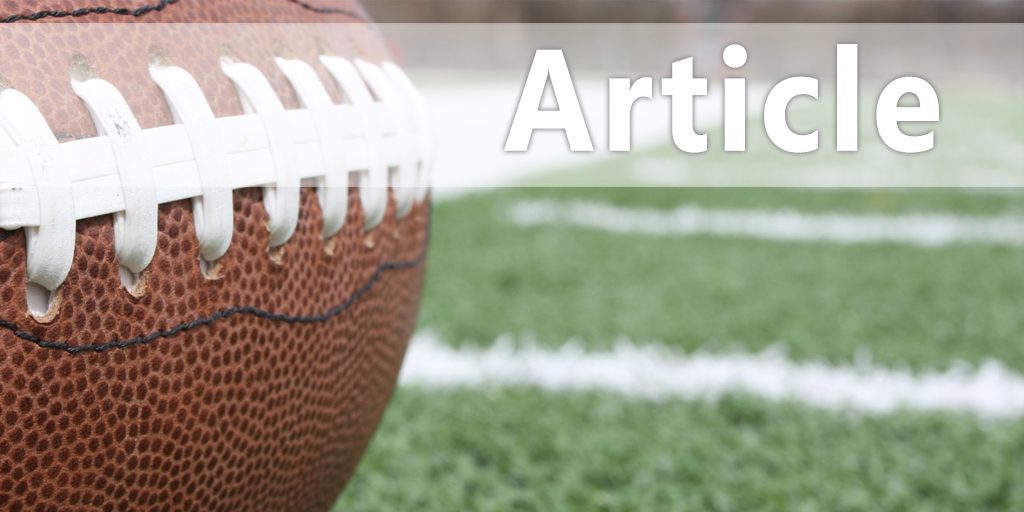| Improve First-Step Quickness
The ability to glide into top-end speed is a highly coveted skill. But unless you're running a track meet or sprinting down an open field, you'll rarely fire up the top-end burners in a competitive setting. Your ability to reach top speed in the shortest amount of time is what's most crucial. "If you don't beat your guy within the first two steps, then you won't beat him at all," says Walter Norton Jr., former Boston Celtics strength coach and current director of training at the Institute of Performance & Fitness in Andover, Mass. Norton's charge holds true for most sports. Whether it's a burst off the line of scrimmage or a redirection on the court, your first step can help you blaze past a defender on a pass route or beat your opponent to a loose ball. The size of a playing field and the speed of play often prevent even the fastest athletes from reaching full speed. "Within three to four steps, an athlete has to decide whether to slow down or keep running in another direction," Norton says. How do you reach top speed at a faster rate over a short distance? Develop first-step quickness. The key is to train explosive movements that force you to rapidly accelerate from a start position into a full-speed movement as quickly and as powerfully as possible. Those first powerful steps happen when you produce maximal force into the ground to overcome inertia. "The quicker you can apply force into the ground, the harder you can accelerate on the first step," says UCLA football strength and conditioning coach John Krasinski. After training yourself to get up to speed and blow by opponents in a few, powerful steps, you might get that rare chance to fly down the sideline and into the end zone at top speed. Develop first-step quickness and acceleration by performing these three exercises, resting 60 seconds between sets. Box Drop With Sprint
Sets/Distance: 6x20 yards Loaded Starts
Sets/Distance: 3x20 yards each leg Non-Countermovement Box Jump
Sets/Reps: 3x6 Speed First |
|
|






